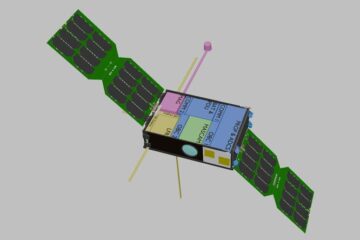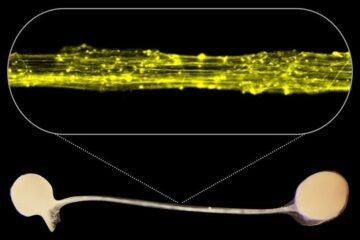Microfinance tied to economy

The research, published in the Journal of Development Economics, is the first to examine the relationship between microfinance institutions and the larger economy. The findings could help lenders establish more successful microfinance operations, said Christian Ahlin, MSU associate professor of economics.
“What this helps us do is better understand which microbanks are successful throughout the developing world – and why,” Ahlin said.
The microfinance movement has “exploded” during the past two decades, he noted, with more than 100 million customers now borrowing small loans from more than 10,000 microfinance institutions around the world. The movement was thrust into the spotlight in 2006 when Grameen Bank, a Bangladesh microbank, and its founder, Muhammad Yunus, were jointly awarded the Nobel Peace Prize.
Ahlin and colleagues from New York University and the University of Minnesota examined the experiences of 373 microbanks worldwide. Because borrowers of microloans typically are third-world farmers or operators of tiny businesses in rural, isolated settings, it wasn’t clear how they are linked to the larger economy, he said.
Ahlin was surprised to find that as the larger economy grew, the microbanks’ profit margins grew as well, nearly one-for-one. For example, if the economic growth rate increased 5 percent, a typical microbank’s profit margin went up by 5 percentage points.
“The finding of this study is not that context is everything, but that it does help explain significant differences in performance of the microbanks,” Ahlin said.
According to the study, microbanks generally grow more successfully in countries with less of a manufacturing base, such as Nigeria and Mongolia, as opposed to more industrialized nations such as China and Indonesia. Ahlin said this is likely because manufacturing jobs tend to crowd out the more entrepreneurial-related jobs supported by microloans.
The researchers also found evidence that better developed governing institutions can impact microfinance business negatively – by driving up costs, for example – suggesting that borrowers may benefit from a hands-off regulatory approach.
Finally, microfinance institutions generally cover costs more easily in countries with a per-capita income of about $6,000 – or countries “that are not too poor, but not too rich either,” Ahlin said. In extremely poor countries, he said, there may be a lack of education to run a microenterprise and little demand for goods beyond basic food and medicine.
But that doesn’t mean lenders should steer clear of the most impoverished nations, Ahlin said. On the contrary: The research findings could help support the case for more sustained donor support of microfinance in those areas, he said.
“Although covering costs internally may be harder,” Ahlin said, “the impact could be greater in these poorer countries.”
Michigan State University has been advancing knowledge and transforming lives through innovative teaching, research and outreach for more than 150 years. MSU is known internationally as a major public university with global reach and extraordinary impact. Its 17 degree-granting colleges attract scholars worldwide who are interested in combining education with practical problem solving.
Media Contact
More Information:
http://www.msu.eduAll latest news from the category: Studies and Analyses
innovations-report maintains a wealth of in-depth studies and analyses from a variety of subject areas including business and finance, medicine and pharmacology, ecology and the environment, energy, communications and media, transportation, work, family and leisure.
Newest articles

Caution, hot surface!
An international research team from the University of Jena and the Helmholtz Institute Jena are demystifying the mechanisms by which high-intensity laser pulses produce plasma on the surface of solids….

Exploring the Asteroid Apophis With Small Satellites
In five years’ time, a large asteroid will fly very close to Earth – a unique opportunity to study it. Concepts for a national German small satellite mission are being…

First model of the brain’s information highways developed
Our human brain is not only bigger and contains more neurons than the brains of other species, but it is also connected in a special pattern: Thick bundles of neurons…





















